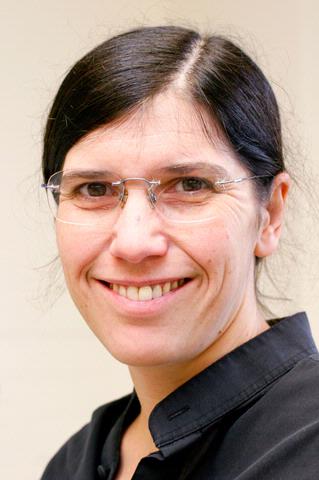White Lab
Regeneration After Noise Induced Hearing Loss

The White Lab
Hearing loss results from prolonged noise exposure. Individual genetics determines each person’s threshold for damage, and by the age of 65 around one third of adults complain of hearing loss. Age-related and noise induced hearing loss are both incurable and progressive, and in many cases are due to the accumulated loss of cochlear mechanosensory hair cells. Sensory hair cells are arrayed in a highly structured epithelial sheet, surrounded by supporting cells with differing shapes and functions. Mammals only generate these specialized cells during fetal development. Once sensory hair cells are lost through over-stimulation, they are never replaced. The adjacent supporting cells expand without cell division to fill the space and create a scar that is insensitive to sound vibrations.
Although there are no signs that deafened mammalian cochleae regenerate, other vertebrates like birds can regain auditory function after damage. This regeneration involves two separable processes:
- a subset of supporting cells adjacent to the lost sensory hair cells re-enter the cell cycle, replenishing the cell number,
- partly overlapping subset differentiates into new sensory hair cells.
Dissected mouse cochlea with hair cells in red and supporting cells in green. Featured on the cover of Nature.
During my post-doctoral collaborations, we found that purified immature mammalian supporting cells can also divide and differentiate into new sensory hair cells under certain conditions in culture. Moreover, mature mammalian supporting cells can differentiate into sensory hair cells, either in vitro or in response to induction with certain genes. Our findings suggest that sensory hair cell regeneration in mammals may be feasible. Understanding the molecular controls that regulate the processes of regeneration, however, will be key to designing therapies for regenerating sensory hair cells.

Patricia M. White, Ph.D.
Principal Investigator
Publications
- Corrigendum: Single cell RNA sequencing analysis of mouse cochlear supporting cell transcriptomes with activated ERBB2 receptor indicates a cell-specific response that promotes CD44 activation.; Frontiers in cellular neuroscience; Vol 18, pp. 1428589. 2024 May 24.
- Corrigendum: Increased central auditory gain in 5xFAD Alzheimer's disease mice as an early biomarker candidate for Alzheimer's disease diagnosis.; Frontiers in neuroscience; Vol 17, pp. 1250244. 2023 Jul 18.
- Increased central auditory gain in 5xFAD Alzheimer's disease mice as an early biomarker candidate for Alzheimer's disease diagnosis.; Frontiers in neuroscience; Vol 17, pp. 1106570. 2023 May 26.
- Single cell RNA sequencing analysis of mouse cochlear supporting cell transcriptomes with activated ERBB2 receptor indicates a cell-specific response that promotes CD44 activation.; Frontiers in cellular neuroscience; Vol 16, pp. 1096872. 2023 Jan 06.
Affiliations
Contact Us
Patricia White Lab
MC 6-8529
601 Elmwood Ave,
Rochester, NY 14642






